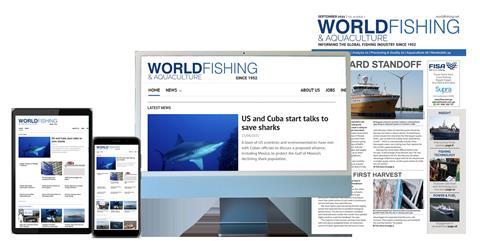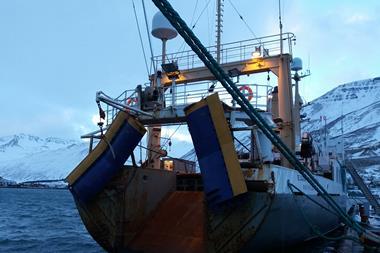The value of Iceland’s fish catch in the first nine months of 2024 was ISK 125.7 billion, according to preliminary figures published by Statistics Iceland. This total represents a 19% decrease compared with the same period in 2023, when the catch value was nearly ISK 155 billion.

The fleet’s total catch decreased by 34%, with 741,000 tonnes landed in the first three quarters of 2024, compared with 1,120,000 tonnes during the same period in 2023.
Iceland’s demersal fish catch amounted to 317,000 tonnes in the first three quarters of 2024, which is 6% more than last year. The value of this catch was ISK 94.5 billion, which was the same as in 2023.
Haddock saw the biggest increase among the demersal fish species, with 28% more caught in 2024 compared with last year at 62,701 tonnes. The value of the haddock catches increased 4% to ISK 14.7 billion.
The cod catch totalled 164,779 tonnes and ISK 60.4 billion, representing increased of 3 percent and 1 percent respectively.
Pelagic fish catches in 2024 totalled 403,000 tonnes, which is 49% less than last year. The value of these catches was ISK 21.5 billion, a 55% decrease.
The biggest factor in the drop for pelagic fish was that no capelin was caught this year. The herring catch decreased by 35% to 64,760 tonnes, with a 38% drop in value to ISK 5.2 billion. Iceland’s mackerel catch fell 37% in volume to 89,530 tonnes, leading to a 43% decrease in value at ISK 7.3 billion.
Meanwhile, Iceland’s flatfish volume decreased 3% to 16,929 tonnes and its shellfish catch dropped 42% to 2,831 tonnes. The value of its flatfish totalled ISK 8.9 billion (-12%), while its shellfish landings were worth ISK 712 million (-33%).















